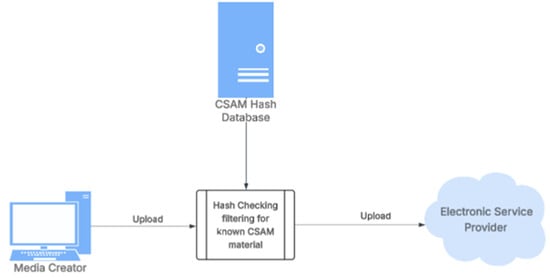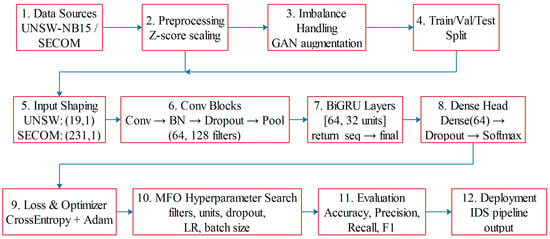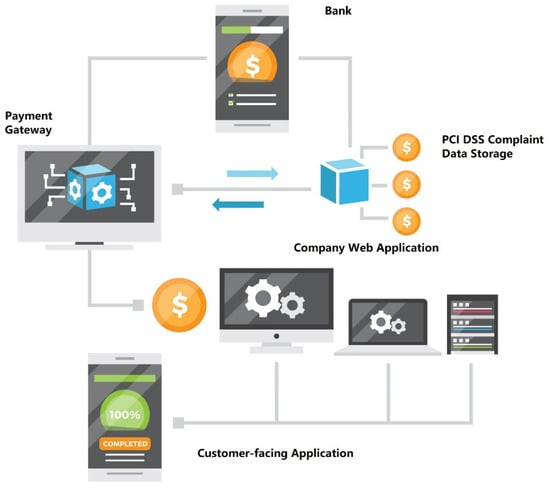-
 Attacking Tropical Stickel Protocol by MILP and Heuristic Optimization Techniques
Attacking Tropical Stickel Protocol by MILP and Heuristic Optimization Techniques -
 Novel Actionable Counterfactual Explanations for Intrusion Detection Using Diffusion Models
Novel Actionable Counterfactual Explanations for Intrusion Detection Using Diffusion Models -
 Leveraging Large Language Models for Scalable and Explainable Cybersecurity Log Analysis
Leveraging Large Language Models for Scalable and Explainable Cybersecurity Log Analysis -
 A Systematic Literature Review of Information Privacy in Blockchain Systems
A Systematic Literature Review of Information Privacy in Blockchain Systems -
 Empowering End-Users with Cybersecurity Situational Awareness: Findings from IoT-Health Table-Top Exercises
Empowering End-Users with Cybersecurity Situational Awareness: Findings from IoT-Health Table-Top Exercises
Journal Description
Journal of Cybersecurity and Privacy
- Open Access— free for readers, with article processing charges (APC) paid by authors or their institutions.
- High Visibility: indexed within ESCI (Web of Science), Scopus, EBSCO, and other databases.
- Rapid Publication: manuscripts are peer-reviewed and a first decision is provided to authors approximately 24.4 days after submission; acceptance to publication is undertaken in 4.6 days (median values for papers published in this journal in the first half of 2025).
- Journal Rank: CiteScore - Q1 (Computer Science (miscellaneous))
- Recognition of Reviewers: APC discount vouchers, optional signed peer review, and reviewer names published annually in the journal.
- Journal Cluster of Information Systems and Technology: Analytics, Applied System Innovation, Cryptography, Data, Digital, Informatics, Information, Journal of Cybersecurity and Privacy and Multimedia.
Latest Articles
Highly Accessed Articles
Latest Books
E-Mail Alert
News
Topics
Deadline: 31 December 2025
Deadline: 28 February 2026
Deadline: 31 July 2026
Deadline: 31 August 2026
Conferences
Special Issues
Deadline: 31 December 2025
Deadline: 30 January 2026
Deadline: 20 February 2026
Deadline: 10 March 2026





























